
More Articles
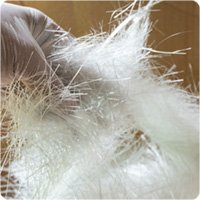
Fiberglass:“a material consisting of extremely fine glass fibers, used in making various products such as yarns, fabrics, insulators and structural objects or parts” The American Heritage Dictionary
Just as the name implies, fiberglass is composed of glass fibers thinner than a strand of hair which are then used in a wide array of products.
The fibers can then be woven into a mesh-like fabric and manufactured into the hardened material we usually see made into boats, spas, automobile panels, fishing poles, tools, structural components of every sort.
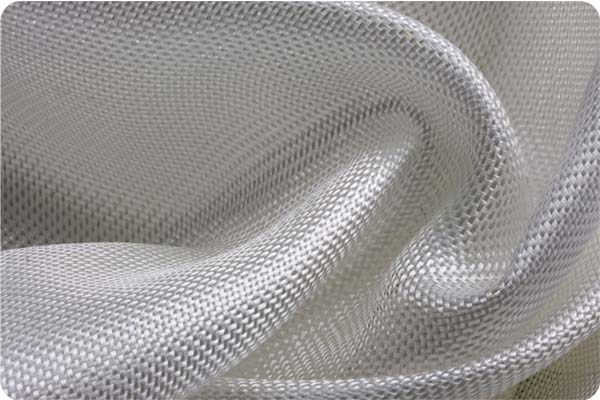
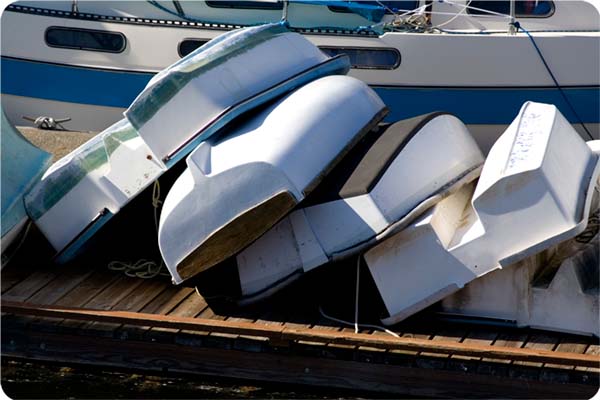
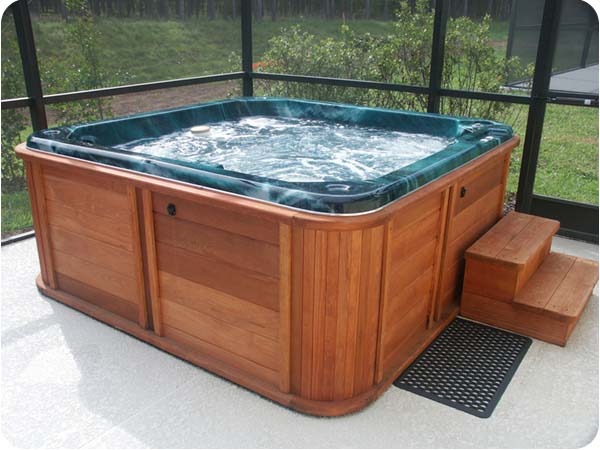
The list is endless. Or, left in its loose “fluffy” form, it is used to manufacture various forms of insulation such as blown-in attic insulation and duct wrap.
The type of fiberglass we are focusing on is the “fluffy” type used for thermal and acoustic insulating materials. You will see this to insulate attics and walls. And more specifically, the fiberglass used to insulate air conditioning equipment and ductwork
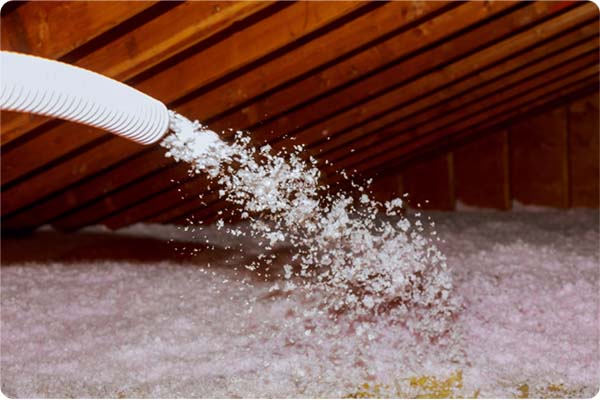
Loose blown-in fiberglass to insulate an attic space.
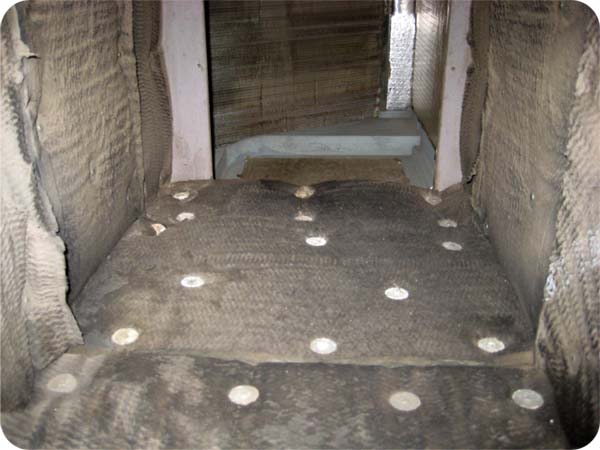
Fiberglass duct liner.
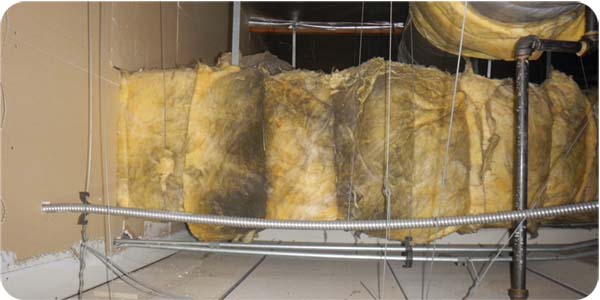
Fiberglass duct wrap.
An interesting side note, the term “Fiberglass” is actually trademarked by the Owens Corning Company, a major manufacturer of fiberglass products. Just like “Kleenex” or “Thermos”, both of which are trademarks owned by private corporations, these trademarked names have more recognition as the product itself than the actual name of the product does. In this case, Fiberglass is a trade name for “fibrous silicate glass”. You would likely get a quizzical look if you told someone you are going to Home Depot to get a roll of “fibrous silicate glass”!
Fiberglass is a highly effective form of thermal insulation. It is relatively inexpensive, easy to install and it does the job. If properly installed, it can last indefinitely. Fiberglass is equally effective in the field of acoustic insulation. Movie production houses, music schools, auditoriums and recording studios routinely use forms of fiberglass to reduce the transmission of sound in order to create the quiet environment so vital to these activities.
Fiberglass is the most commonly used material for insulating air conditioning systems. Usually, it is wrapped outside ductwork, but it is also used to line the interior surfaces of both air handling equipment and ductwork. Installed internally, it has a dual purpose - thermal insulation as well as acoustic insulation. Without the muffling properties provided by the fiberglass, the noise of the equipment and air flow would come through the vents which can be pretty annoying. Further, in ductwork that is exposed to the weather, such as on a roof, the insulation will be installed on the interior the the metal ductwork to protect the insulation itself from the elements.
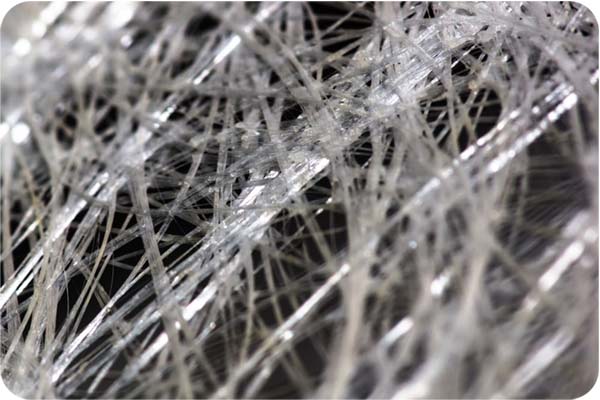
Microscopic view of fiberglass.
Viewed under a microscope, fiberglass insulation is actually composed of more air than of fibers. It is this combination of the glass fibers and the air pockets that provide the insulating factors that make it so effective for both thermal and acoustic insulation.
So what does all this have to do with duct cleaning?
A lot, as it turns out. In our experience, Fiberglass is probably the number one issue that effects the clean, efficient operation of an A/C system. It isn’t the fact of the fiberglass, but what happens when fiberglass has become saturated, was improperly installed or damaged in some way. Or mold has begun to grow on the surface or it’s begun to fall apart.
These situations can lead to many things that degrade the air quality as well as the efficiency of a system.
- First, Fiberglass has had its share of controversy with regard to health concerns. While no link between fiberglass and serious health effects has ever been firmly established or agreed upon, the arguments and debates about this continue to this day.Despite the lack of consensus regarding its impact on health, there are some things none can dispute. You do not need a scientific study to tell you whether fiberglass is an irritant. If you have ever gone into an attic that has any sort of fiberglass insulation, you know it is irritating. Your skin itches, your throat burns a bit, your eyes hurt. It is, after all, glass! Having minute strands of glass in your lungs and skin simply cannot be good for you. Will it lead to long term illness or damage? We’ll let the scientific types debate that point. But the fact is, internal fiberglass that is falling apart and shedding will blow out of a system. It is not something to leave unchecked if the fiberglass is getting into the occupied spaces of a home or an office.
- We’ve seen whole sections of duct liner peel off the walls of the duct, not only leaving the duct uninsulated, but that fiberglass has to go somewhere!! And that’s usually into the occupied spaces.
- As duct liner comes apart, the particles and larger pieces can get lodged against turning vanes, dampers, in-line reheat coils and as a result wreak havoc on the air flow and balance of the system.
- Next, Fiberglass is a porous material which absorbs moisture, dirt particles and debris. As I mentioned, it is more air pockets than the solid material of the glass fibers. Moisture and dirt builds up in these air pockets and makes for a very rich breeding ground for mold and bacteria. While mold cannot grow on fiberglass itself, it does grow on organic material - dirt and water make a good environment for mold.
- In addition, when fiberglass gets soaked with water, the insulating properties are greatly reduced - another reason to replace it.
- Some fiberglass duct liner is specifically made with a pre-manufactured mesh-like surface. It’s designed to further dampen sounds. But this fabric surface, which itself is made of fiberglass and rather delicate, often peels off and gets into the system. It’s extremely annoying and even though the liner isn’t really dirty or wet, it reaches a point where there isn’t any option but to replace it.
- Fiberglass liner often gets damaged from heavy footed workers or mechanical damage from moving parts. Again, this causes the fiberglass particles to get into the system. The insulation needs to be repaired or replaced.
- Rooftop duct presents its own problems. The seams often leak when it rains so the internal fiberglass can get soaked leading to degradation and possibly mold.
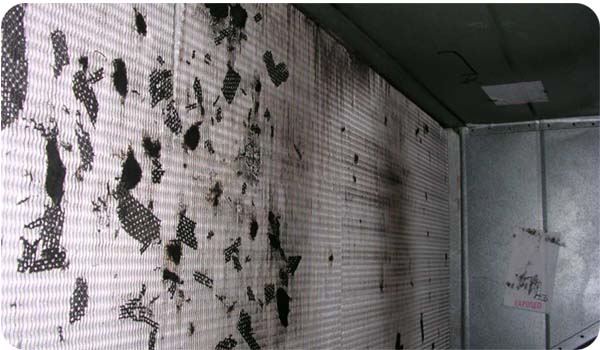
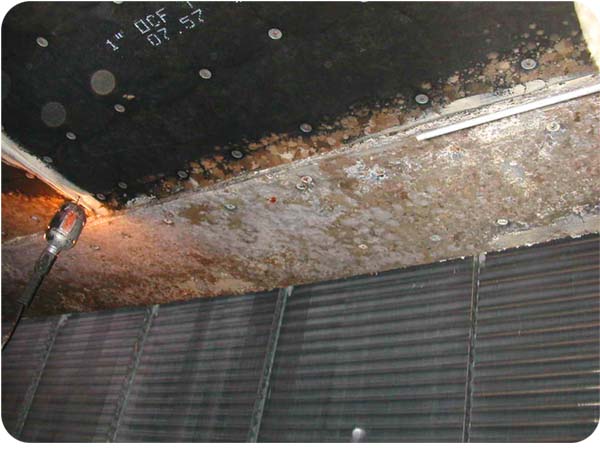
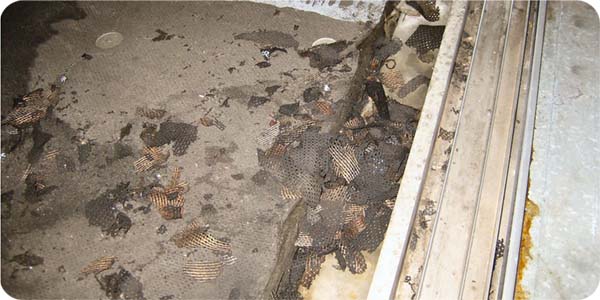
There's more, but this covers the main things we see on a regular basis and they all vary in severity.
So when the fiberglass insulation gets into a condition where it is shedding fibers or when it is so dirty that it has become a luxuriant mold garden, it is time to act. Well, actually the time to act has probably come long before you noticed it.
In its standard specification and guidelines, NADCA (National Air Duct Cleaner's Association), states the following regarding the restoration of fiberglass materials in HVAC systems:
"4.17 Removal of Mold Contaminated Porous Materials: It is recommended that porous materials with mold growth be properly removed and replaced."
Resurfacing or encapsulating can be done to create a protective outer surface of internal fiberglass insulation, however, NADCA further recommends the following:
"4.20 Damaged Fibrous Glass Material: When there is evidence of damage, deterioration, delaminating, friable material, such that cleaning or resurfacing cannot restore fibrous glass materials, replacement is recommended."
Does all of this mean that fiberglass is something to freak out over? Is it the next asbestos? Is its presence a sure sign of poor indoor air quality? No, no and no.
If it has been properly installed, inspected on occasion and repaired where necessary, in our opinion it does not pose a hazard, particularly if it is coated or covered to protect the surface and reduce the introduction of fibers into the air stream. But as soon as the material is falling apart, damaged, saturated or showing evidence of mold growth, it must be addressed. No “band-aid” half-way remedies will do.
Here are a few stable road markers:
- If the liner has become saturated, it should be replaced.
- If mold has been growing on it, get it tested and if it proves to be mold, all affected liner should be removed and replaced with new insulation.
- If the liner is damaged to the point that the insulating properties are severely reduced, it should be replaced.
- If the liner is damaged to the point that no amount of repair, coating or patching will do, simply replace it.
- If the surface is simply a bit ratty and dirty, clean it, repair the damage, replace sections where appropriate, then apply a sturdy encapsulant such as a polymer coating or cover the repaired liner with a non-fiberglass insulation such as Reflectix™ or Astrofoil™ which is a very sturdy material that fully seals the fiberglass from the airstream. These provide an additional layer of insulation as well as protection. We’ve found this to be the best, most long lasting solution.
- The acoustic values of Reflectix™ and Astrofoil™ are respectable and in most cases completely within specs, some applications like sound stages usually require the higher sound dampening specifications provided by fiberglass or other sound deadening material. In this case, it is important to take extra care with ensuring the surface of the glass is properly cared for, secured and sturdy.
- Where there may be worker entry or traffic that may cause damage to the fiberglass, extra protection should be taken to prevent damage to the liner.
The bottom line is that today, fiberglass continues to be the go to insulating material for A/C systems. Whether one agrees with using it or has concerns about its presence, you will find it in almost every system you come across. That it is there does not mean it has to be replaced without question - possibly ICUs, clean room type situations, certain manufacturing areas and other sensitive environments will be better off with a non-fiberglass solution, but in most situations, it will be OK.
But remember. Fiberglass is NOT an "install it and forget it" solution. The binders will break down over time; the material is subject to erosion when saturated and it does damage rather easily. In these cases, it will become a source of problems both in terms of indoor air quality as well as efficient operation of the systems.
It can be expensive to handle a fiberglass problem, whether it is moldy or simply falling apart. So if you are going use it, the best preventative maintenance solution is to ensure it is installed properly in the first place! And if you need to repair or replace the liner, make sure the company doing it knows what they are doing! Do so and it will last you for years.
Until next time!






